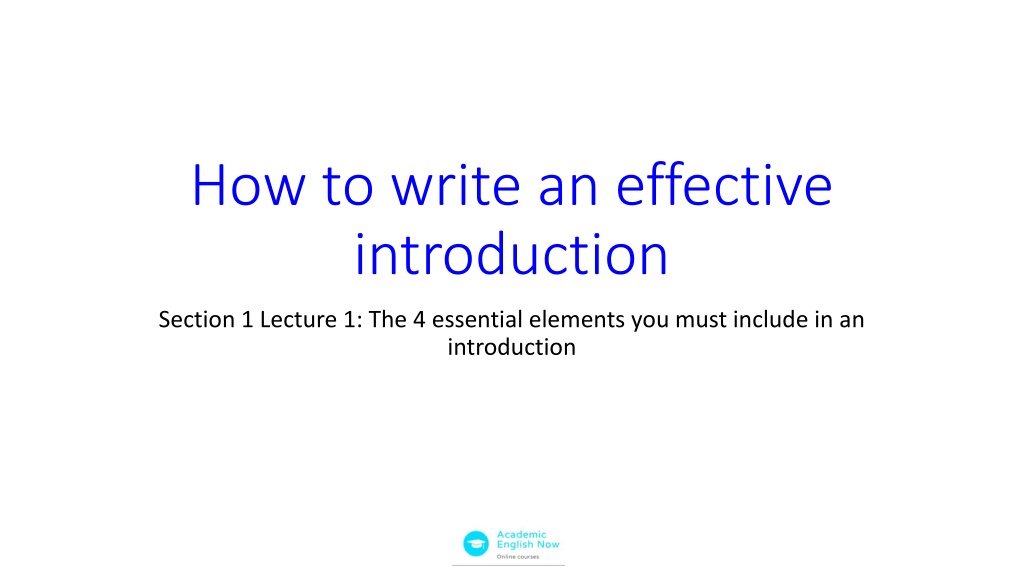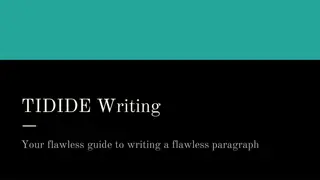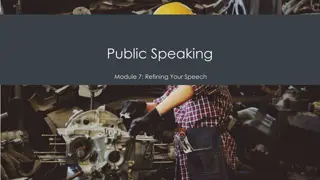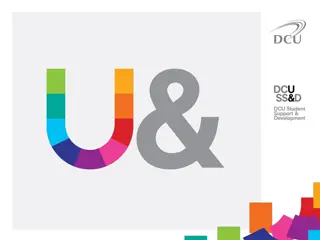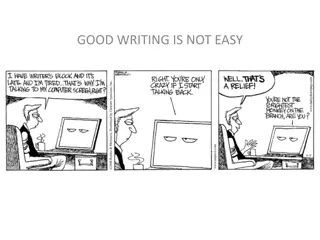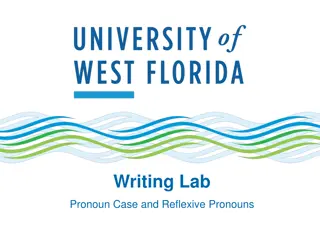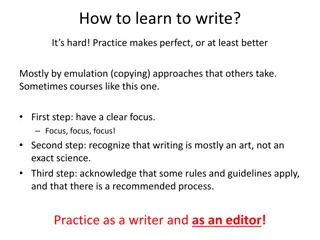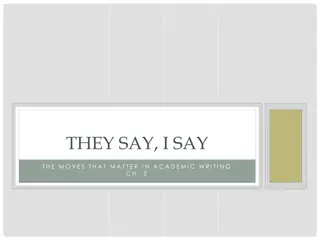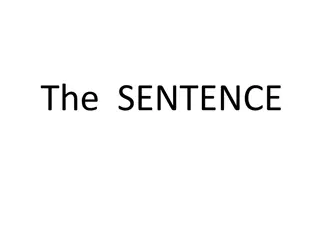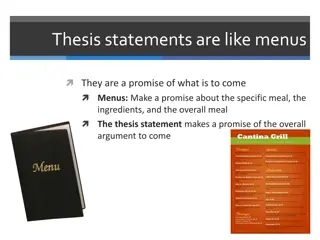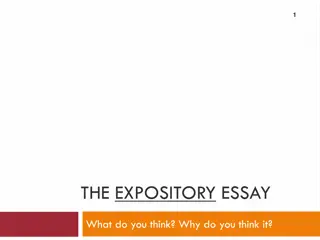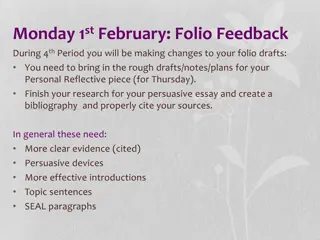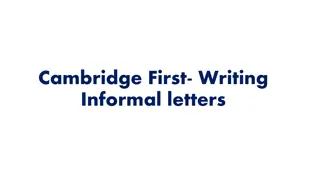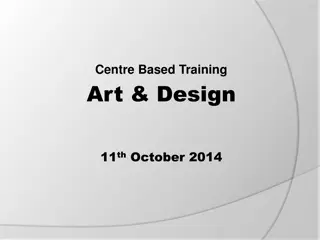Mastering the Art of Writing Effective Introductions
Crafting an effective introduction requires incorporating four essential elements: establishing the topic's significance, providing a literature overview, identifying the research gap, and presenting the study's aim. For instance, illustrating the importance of a topic can be done by linking it to global, societal, or scientific impact. Additionally, summarizing relevant literature and defining key concepts help set the stage for the research. This comprehensive guide offers insights into the key components that make an introduction engaging and impactful.
Download Presentation

Please find below an Image/Link to download the presentation.
The content on the website is provided AS IS for your information and personal use only. It may not be sold, licensed, or shared on other websites without obtaining consent from the author.If you encounter any issues during the download, it is possible that the publisher has removed the file from their server.
You are allowed to download the files provided on this website for personal or commercial use, subject to the condition that they are used lawfully. All files are the property of their respective owners.
The content on the website is provided AS IS for your information and personal use only. It may not be sold, licensed, or shared on other websites without obtaining consent from the author.
E N D
Presentation Transcript
How to write an effective introduction Section 1 Lecture 1: The 4 essential elements you must include in an introduction
4 essential elements of an introduction 1. Establishing the importance of the topic 2. Providing a brief overview of the literature 3. Establishing the research gap 4. Presenting the aim of your study
Establishing the importance of the topic The importance of your topic: For the world or the society in general For your scientific discipline As a problem that needs resolving
Establishing the importance of the topic Cancer is one of the major causes of death. In 2014 more than 1 in 4 deaths were caused by cancer in the European Union, which corresponds to a total number of almost 1/3rd million deaths. Radiation therapy plays an important role in the treatment of cancers. Hadron therapy, and particularly carbon therapy, is a very precise treatment for localized tumors where the tumor is irradiated with a pure, monoenergetic and high intensity particle beam. Carbon therapy significantly reduces the dose exposure to healthy tissue compared to conventional photon therapy. [from Stegemann,S. et al. 2020.Production of intense mass separated 11Cbeams for PET-aided hadron therapy. Nuclear Inst. and Methods in Physics Research B 463,pp. 403 407]
Providing a brief overview of the literature Establish what is already known Present the key studies Define key concepts
Providing a brief overview of the literature Starch is naturally found in the form of semi-crystalline granules. The enzyme-catalysed hydrolysis of such granules implies three key steps: (i) enzyme diffusion to the surface of the granule, (ii) enzyme adsorption on the solid surface, and (iii) hydrolysis of the mobile starch chains. Based on these steps, it has been proposed that the rate of starch digestion can be restrained by delaying or avoiding either the enzyme substrate encounter (by the presence of barriers such as cell walls, protein matrices, etc.) or the enzyme action (by inherent starch structural features, when access is not restricted). In solid matrices, where starch is most of the time a part of a complex structural system, the first mechanism is believed to play the major role in limiting the digestion of this macronutrient. [from Pallares Pallares, A. et al. 2018. Process-induced cell wall permeability modulates the in vitro starch digestion kinetics of common bean cotyledon cells. Food Funct., 9, 6545]
Establishing the research gap Identify a controversy in the field Highlight a lack of understanding Point to a lack of research Present problems with previous studies
Establishing the research gap Little is known, however, about exactly how much time individuals successful at weight loss actually spend self-monitoring. Moreover, it is not clear whether individuals become more efficient with practice, thus becoming able to decrease the time they spend self-monitoring in order to get the same result. Previous methods of dietary self- monitoring (i.e., paper and pencil diaries) did not lend themselves to an analysis of time spent engaged in the behavior. Moreover, it was not generally possible to evaluate the timing and frequency of recording during a single day without relying on self-report, which is notoriously unreliable. [from Harvey, et al. (2019). Log Often, Lose More: Electronic Dietary Self-Monitoring for Weight Loss. Obesity, 27(3), 380 384.]
Presenting the aim of your study Clear connection to the research gap Formed as an aim (This research aims to ) Formed as a research question Formed as a hypothesis or prediction (It is hypothesised here that )
Presenting the aim of your study The hypothesis being put forward is that the barrier role of cell walls during digestion of enclosed starch granules in common beans changes as the processing intensity i.e., time) used to isolate individual cells is modified. Such change of the barrier role is hypothesised to be a result of different process-induced cell wall permeability degrees affecting enzyme accessibility to the substrate to different extents. [from Pallares Pallares, A. et al. 2018. Process-induced cell wall permeability modulates the in vitro starch digestion kinetics of common bean cotyledon cells. Food Funct., 9, 6545]
